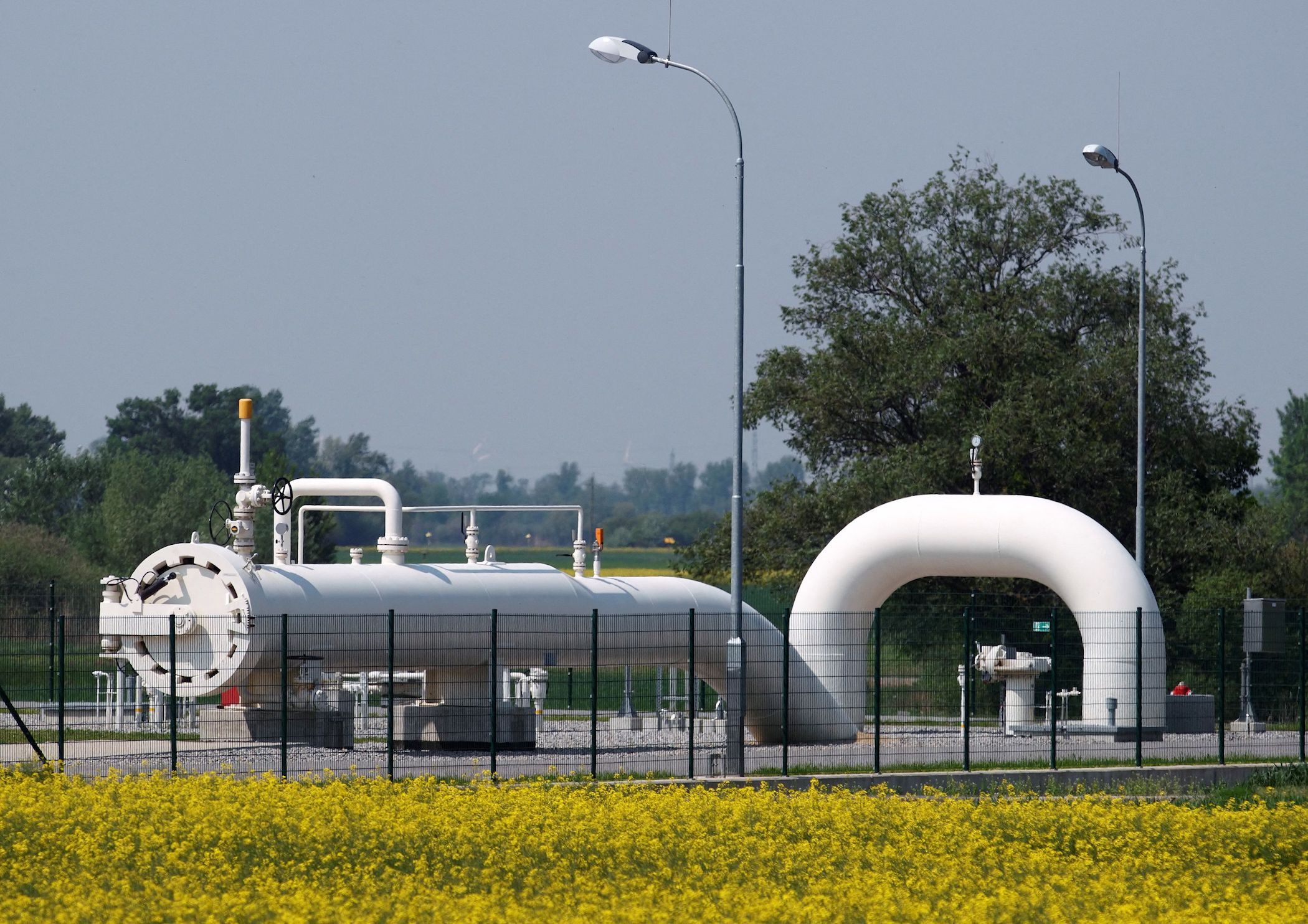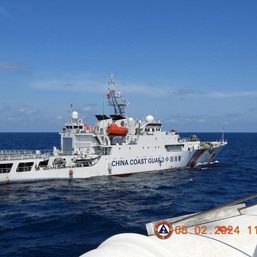SUMMARY
This is AI generated summarization, which may have errors. For context, always refer to the full article.

Several European countries are putting plans in place to manage gas supply and even ration power in case Russian gas flows stop amid a standoff over a demand for payment in roubles. Russia has said it will stop supplying gas if rouble payments are not made, but most European nations have refused.
The European Union has rules to prevent and respond to disruption to gas supplies, which identify three levels of crisis: an early warning, an alert, and an emergency. Member states are required to have plans in place for how they would mange the impact of a supply disruption at the three crisis levels.
In an emergency, governments can intervene only if market-based measures are insufficient to ensure supplies to households and to customers providing essential services.
Following is a summary of actions by individual European governments (in alphabetical order):
Austria
Austria, which gets around 80% of its gas from Russia, said it had activated the first step of a three-stage emergency plan, tightening its monitoring of the gas market but taking no extra measures for now to secure its supply. Measures such as gas rationing would only come into play if the third phase of the emergency plan were activated, which required an “immediate crisis.”
Britain
A spokesperson for the National Grid said: “Supply continues to be available from a diverse number of sources. The gas supply margin is expected to be sufficient in all of our supply and demand scenarios.” National Grid has a range of tools available to manage any operational requirements, the spokesperson added.
Britain gets around 3% of gas from Russia.
Bulgaria
The country, which meets over 90% of its gas needs from Russia, is holding talks with Azerbaijan to increase gas imports and is looking into ways of importing liquefied natural gas (LNG) through terminals in Greece and Turkey. Its gas grid operator also opened a tender for underground drilling as part of plans to almost double storage capacity and prepare for any supply disruptions.
Denmark
The energy ministry said Denmark had the same emergency plan in place as Germany because it is an EU system, but that every country makes an individual assessment. Denmark has not activated the “early warning” phase of the plan.
France
French gas transport network operator GRTgaz has put in place measures that can be invoked to limit gas supply to customers in the event of shortages, and called on shippers to fill underground storage ahead of next winter.
The measures allow the company to issue orders to reduce or interrupt gas consumption within two hours to large consumers connected to its network, and ask distribution system operators to do the same in the event of a shortage.
France gets around 20% of its gas from Russia.
Germany
Germany last week activated the first “early warning” stage of an emergency plan. A second stage would be when disruption to supply or high demand upsets the usual balance but can still be corrected without intervention.
The third level is emergency, when market-based measures have failed to remedy shortages and when Germany’s network regulator must decide how to distribute any remaining gas supplies.
Russia accounted for 55% of Germany’s gas imports in 2021 and 40% in the first quarter of 2022.
Greece
Under a contingency plan, Greece, which uses gas mainly for power generation, would get additional quantities of LNG and switch four gas-fired plants to diesel. It might also ramp up Azeri gas purchases. Spare coal-fired capacity can also be activated. Russian gas covers about 40% of the country’s annual needs.
Italy
Ecological Transition Minister Roberto Cingolani told Radio24 this week that Italy can rely on sufficient reserves to avert a critical situation in the next few months even if it had to suspend gas imports from Russia soon. He later added Italy should wrap up its first deals to get more gas to replace flows from Russia in the next week or so, including pipeline gas from Algeria, Libya, and Azerbaijan this year, and LNG imports from markets like Qatar, the United States, and Mozambique.
Italy gets around 40% of its gas supply from Russia.
Netherlands
The Netherlands gets around 15% to 20% of its gas from Russia. The government said it will ask citizens and businesses to use less gas but is not yet activating its gas crisis plan.
Poland
Under a law on mandatory reserves, in the case of risk to supply security, Poland’s climate ministry submits a formal motion to the government to introduce limitations on gas use for consumers. These would affect industry first and shield households. “There’s no necessity and no grounds to initiate this procedure at this point,” ministry spokesman Aleksander Brzoska said.
Poland gets around 50% of its annual gas demand from Russia.
Spain and Portugal
Neither country on the Iberian peninsula counts Russia among its main providers.
– Rappler.com
Add a comment
How does this make you feel?















There are no comments yet. Add your comment to start the conversation.